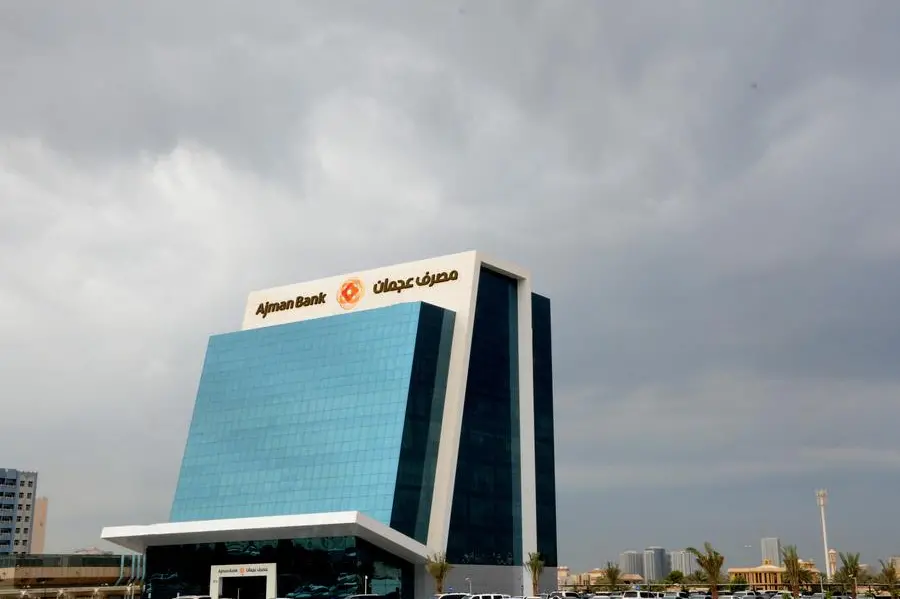The country has pledged to reduce seven percent of the total greenhouse gas emissions expected in 2030, according to the Second Nationally Determined Contribution (NDC) issued by the Civil Aviation Authority (CAA).
The massive deployment of renewable energy and the deepening of energy efficiency actions
are the pillars of the 2030 carbon control plan in the Sultanate.
The National Energy Strategy has set an ambitious target to derive 20 percent of electricity from renewables by 2027.
Over the period 2021-2027, the Renewable energy plan aimed to secure at least 2,660 MW. The plan relies mainly on solar PV with 79 percent and wind of about 21 percent.
The power generation decarbonization plan has already started since the third quarter of 2019 with the first wind farm of 49 MW in the Sultanate of Oman and the Gulf region.
The National Energy strategy focuses on the further gas-fired plant's overall energy efficiency in conjunction with the clean energy plans. The energy efficiency of the gas-fired plant improved at 15.63 percent (from 39 percent in 2015 to 55 percent in 2020).
The continuous increase in overall energy efficiency was attributed to the older, less productive plants' shut-down, technical advances in the gas-fired plants, and a switch to combined-cycle plants.
According to the report, the Sultanate of Oman is one of the most vulnerable countries in West Asia to the adverse impacts of climate change and has a heightened degree of awareness and concern about global warming and its adverse impacts.
The Sultanate of Oman has engaged through its Intended Nationally Determined Contributions (INDCs) to reduce their absolute GHG emission by 2 percent by 2030.
Climate Change is at the forefront of public and government consciousness due to the accelerated pace of Changing climatic patterns being experienced in Oman.
The country is well-known for its sweltering summers and low annual rainfall, and it has become even hotter over the past five years.
Oman was the location of the world's hottest low temperature ever recorded. On June 26, 2018, and over 24 hours, the temperature in the coastal city of Quriyat never dropped below 41.9 Celsius, most likely the highest minimum temperature ever observed on Earth.
Detailed climate simulation reveals that the Arabian Gulf and the Sultanate of Oman form a particular regional hotspot where climate change is likely to cross the survivability threshold in the absence of drastic carbon cuts.
Oman has developed a national strategy for adaptation and mitigation to climate change 2020-2040 to accelerate climate actions' pace and scale. The strategic context for adaptation is rooted in Oman's ineluctable exposure to intensifying tropical cyclones, increasing temperatures, and rising sea levels. Understanding land use, climate, water resources, and agriculture/fisheries are an essential context for identifying, designing and implementing preparedness/response measures to reduce the vulnerability of communities, resources, and systems.
--
2021 © All right reserved for Oman Establishment for Press, Publication and Advertising (OEPPA) Provided by SyndiGate Media Inc. (Syndigate.info).






















